
Damn... DIY dry aged beef Wateetons
Dry Aging 101. The dry aging process, which typically takes 15 to 30 days in a refrigerator, intensifies the flavor, makes the meat super tender and produces an earthy, nutty aroma. "It's a controlled decay process," Flannery says. "You're letting the exterior edges oxidize, and you may or may not get mold.".

Dry Aging a Prime Rib Cookin' It Real
Pick up a bag ( it's available on Amazon ), pop the grains into a blender and coat a steak with the koji powder. Put the coated steak on a wire rack in the refrigerator and let it sit uncovered, for 48 hours. Then, rinse the steak well to remove the koji coating, pat it dry with a paper towel and season it with salt and pepper.

Koji Prime Rib Breaks the Mold of Holiday Roasts Holiday roasts
Microbiology. Dry aging involves restricting bacterial growth and encourages the growth of beneficial mold. During the entire process of dry aging beef, molds from the Thamnidium are found on the surface of the meat.Thamnidium, which is the most desirable, appears as pale gray patches called 'whiskers" on the fatty parts of aged beef. These organisms are important because their enzymes are.
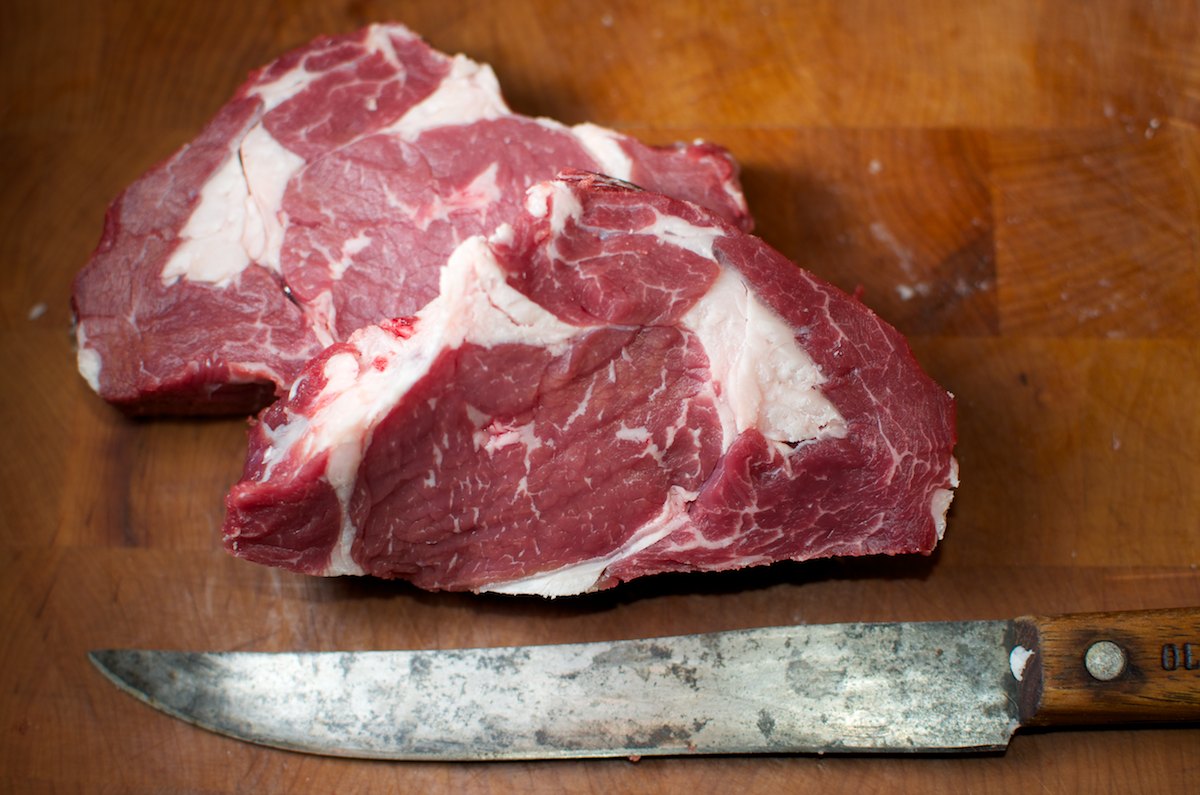
Let's Make Something Awesome › Dry Aged Beef at Home
Developing a good covering of powdery white penicillin mold on the outside of dry-cured whole muscle meat or dry-cured salami is the goal. Temperature, Humidity, Airflow, Existing Mold Culture, and lack of light are the general environmental factors relating to this. The white mold is a way of protecting the meat for certain recipes.

dryagedbeef Bistro OneSix
As the beef is dry-aged, a white mold grows on the exterior of the meat which is cut off after the process is completed, according to Taste of Home. The drying process typically lasts for at least.
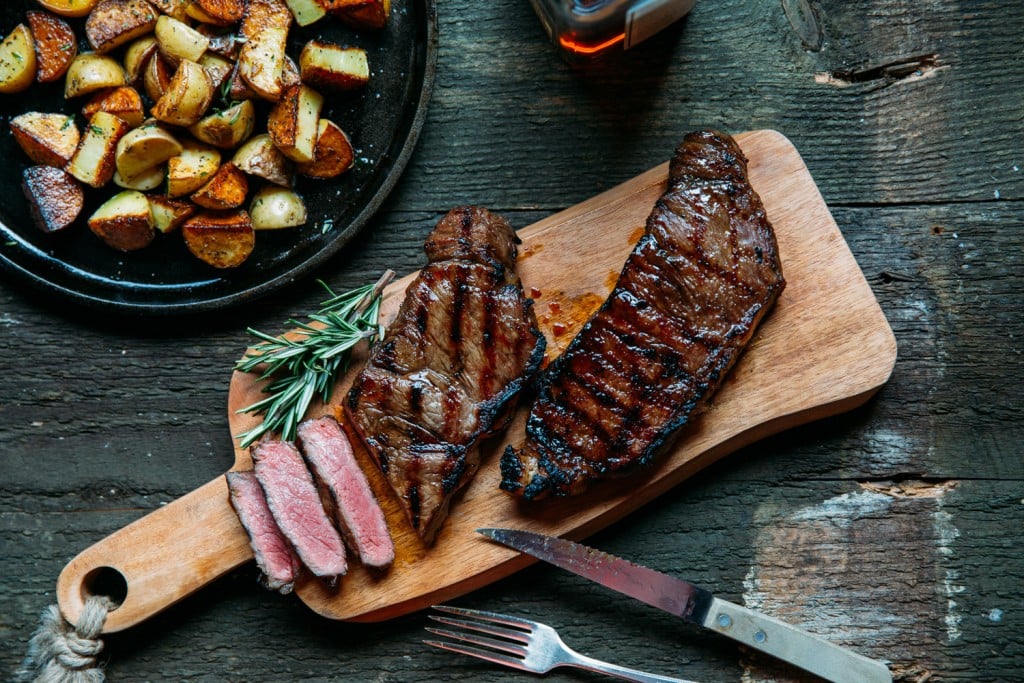
The Standard for Dry Aged Beef Fresh Meat Delivery Premier Meat Company
March 12, 2024. This beef has about ten days of mold growth on it. Molly Martin. Share this: "This mold is crazy," says Justin Brunson as he opens the door to a refrigerated room at Meat Cleaver.
Mold on air dried cured meat 385908 Ask Extension
Shutterstock. Dry-aged steaks come from beef that's been aged before you eat it, usually for about 30 days. The dry aging process — emphasis on "dry" — is a controlled decomposition process that keeps the meat in conditions that prevent it from spoiling while also pulling moisture out of it. After a cut of beef has been dry aged, butchers.

Dry Aged Beef Uhl Fleisch & Wurst GmbH
Unless your refrigerator is odor-free, a mini fridge is the best possible option. A fan. To promote drying of the surface and even aging, you want to stick a fan inside your fridge to keep air circulating. This works in much the same way as a convection oven, promoting more even cooling and humidity all around.
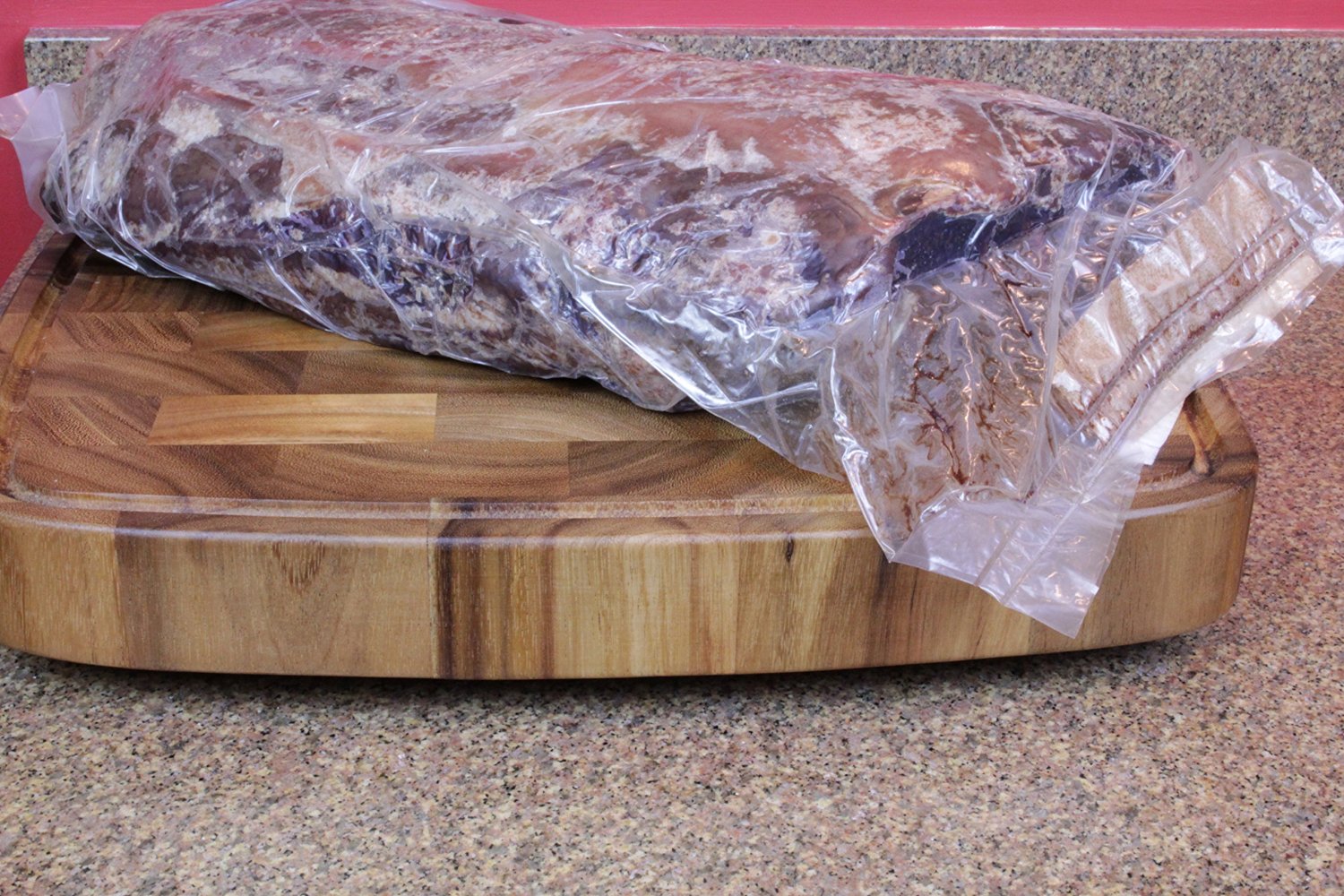
Dry Aging Beef How To Dry Age Beef Steak At Home Ask John The Butcher
Dry-aged beef is like any other type of food-aging process, such as aging cheese, where you are essentially controlling the process of decay. Carcasses are hung in a humidity-controlled room so all sides are exposed to the air. "Good" mold then grows and pulls the moisture out of the meat. When the beef is served, the moldy meat is cut away.

Aging steak ENCASED in BUTTER not only gives you MORE MEAT to eat but
Because of this, dry-aged beef is seldom available outside of steak restaurants and upscale butcher shops or groceries. The key effect of dry aging is the concentration and saturation of the natural flavour, as well as the tenderization of the meat texture.. When dry aging using a moisture permeable material, surface mold growth is not.

How to DryAge Steak Everything to Know About DryAged Steaks Thrillist
Some bacterial strains and mold cultures positively influence the meat maturation, such as lactic acid bacteria. Others can cause dangerous mold. These crops are mainly transmitted through unsanitary work. A clean handling of dry-aged beef therefore has top priority. Work surfaces and equipment should be made of a smooth material so that they.
ThisIsWhyKtcIsHot Dry Aged Beef
Temperature isn't the only factor to consider. You also want to have a sterile environment for dry-aging beef. A dry-aging refrigerator sterilizes and controls the humidity to prevent the development of unhealthy mold. It has other purposes. If you decide to take a break from dry-aging meat, this type of refrigerator can be used for other.

Fried Dry Aged Beef Image & Photo (Free Trial) Bigstock
Twenty-eight-day aged beef is good. Get up to 35 or even 42 days of dry-ageing and, well, we're talking ribeye royalty. All that steak needs is béarnaise sauce and a pile of hot, rustling.
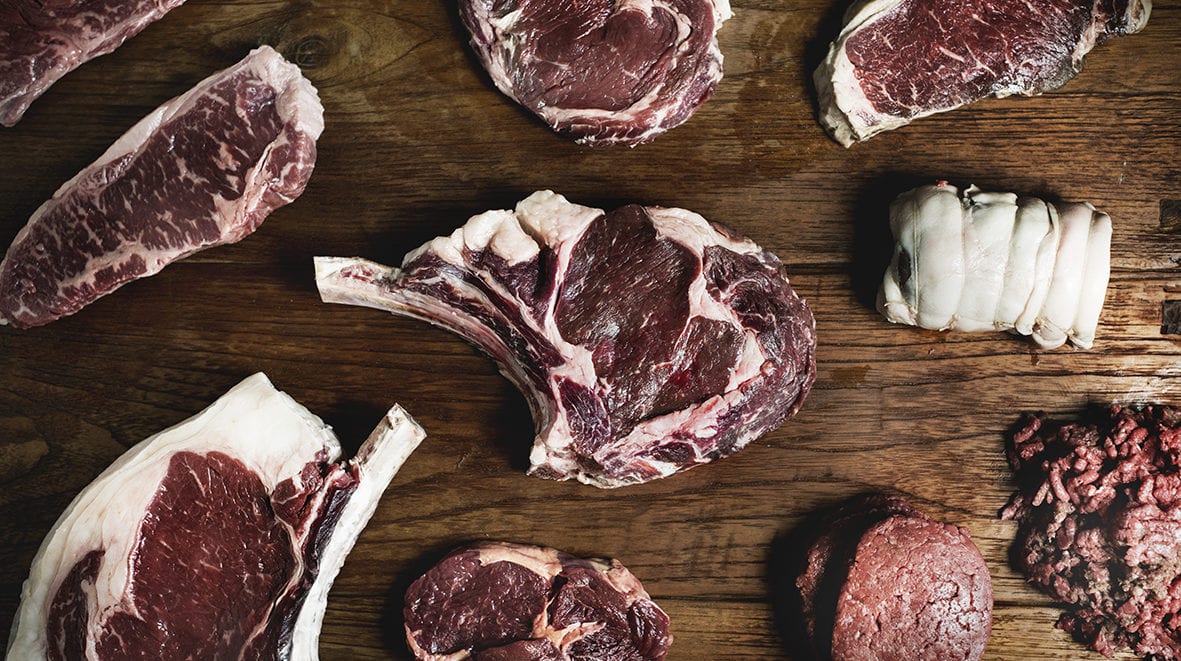
Is Dry Aged Beef Better? is it safe to eat? we explore the process and
To put it frankly, dry-aging is a bit like the mold of blue cheese—dry-aging allows good mold to grow over meat, but not the bad mold or bad bacteria which spoils it. Before professionally dry-aged meat makes its way to our plates, all the mold is trimmed away, leaving just the tenderized, delicious beef behind.

KojiRubbed Steak "Dry Aging" Steak with Koji Rice Test YouTube
This, in turn, alters the flavor and texture of the cut. What dry aging looks like is literally a room full of moldy carcasses. In the dry-aging process, meat hangs in a humidity-controlled.
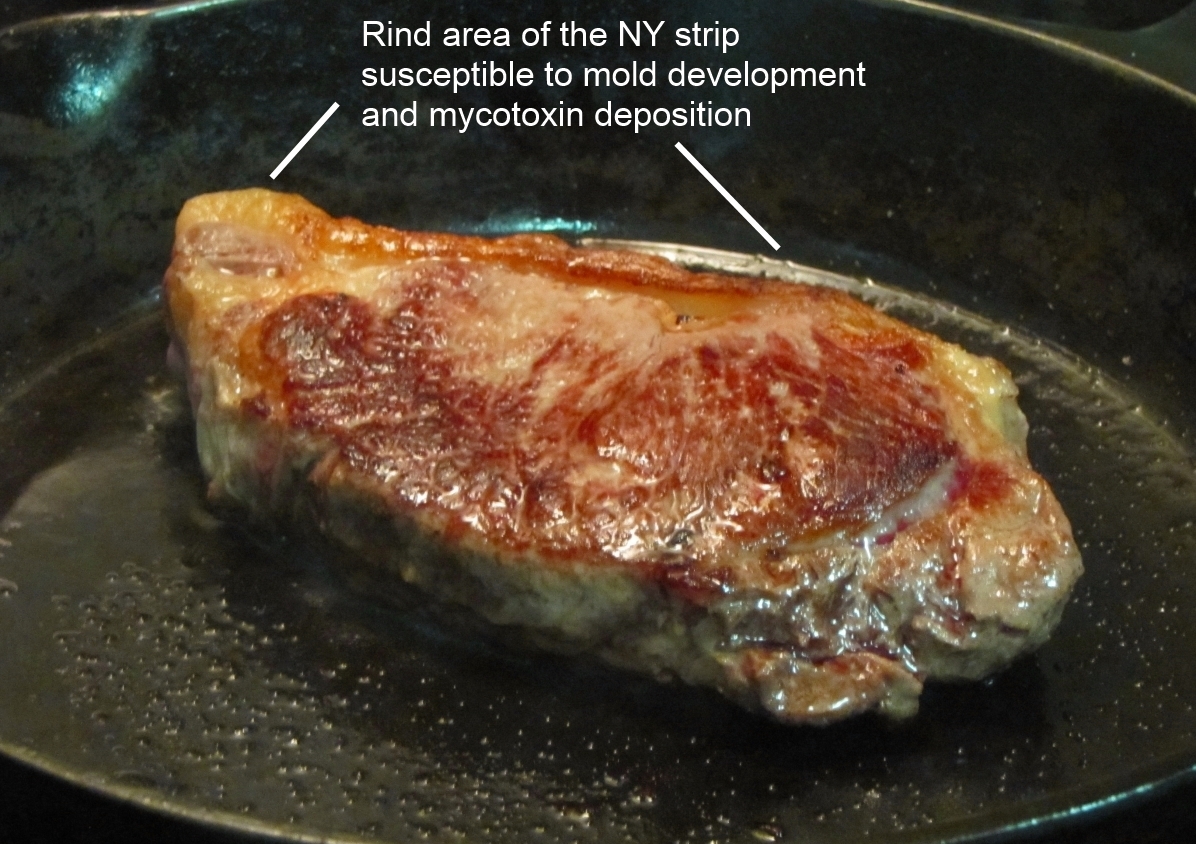
Dry Aging Alderspring Beef Organic Beef Matters
For the enzymes to properly start breaking down the aged meat, the minimum dry-aging time is 14 days. However, it takes about 21 days for the meat to begin to develop the complex flavors you're after. Most experts agree that the optimal timeframe is somewhere around 28-30 days of dry-aging.